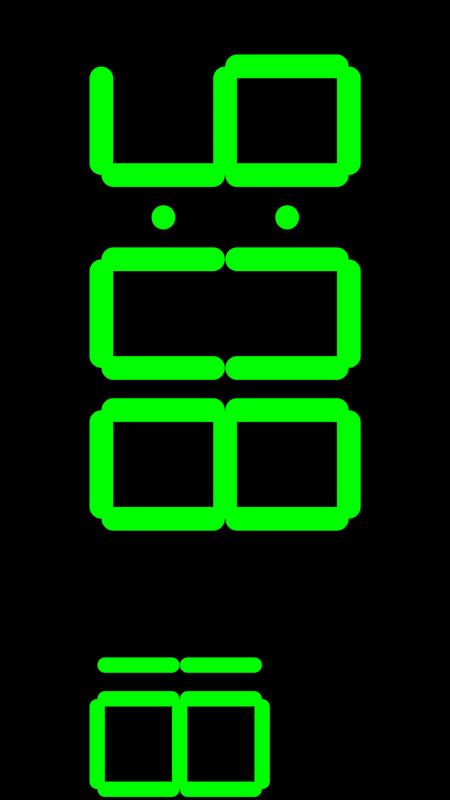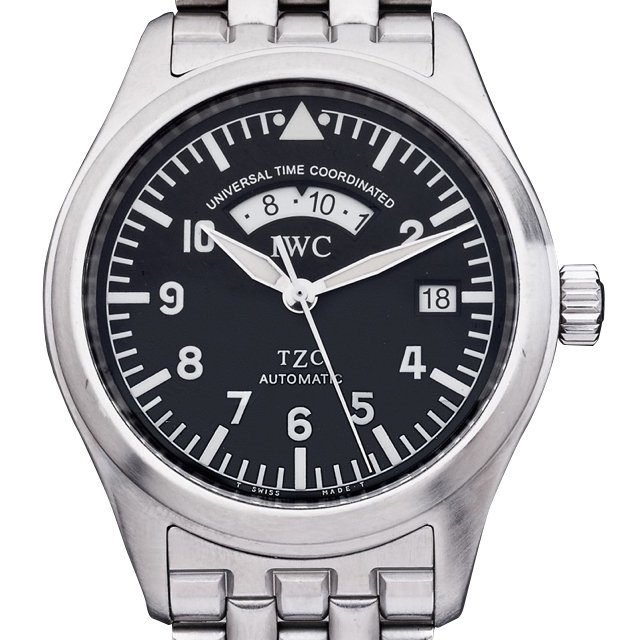
The Chinese calendar is luni-solar, combining cycles of both the Moon and the Sun a table is needed to map to the corresponding moveable dates relative to a purely solar calendar.Ĭorrectly interpreting any historical date requires understanding of both today’s calendar and the calendar used at the time and place of the event. Cultures that hold to religious, lunar or luni-solar calendars for civil purposes require concordance between their calendars and the Gregorian calendar for commerce. Other lunar calendar systems maintain proximity to the seasons by introducing an occasional “leap month”-thus some years have thirteen lunations. Some national traditions and religions use a lunar calendar averaging 354 days (twelve lunations) per calendar year, which allows the start of the calendar year to drift into different seasons. The Gregorian calendar is used internationally for official purposes. The date of Washington’s Birthday on the calendar may be arguable, but the astronomical timing of his birth is not. The United States celebrates his birthday each year on February 22 because an 11-day deficit was corrected during his lifetime. For example, George Washington was born on FebruO.S. Great Britain and its colonies resisted Gregorian reforms for two centuries. In 1712, Sweden added a February 30 to its national calendar.

Different countries and religions adopted the reforms at different times and in different ways. To adjust the calendar to the date of the equinox and Easter, the new Gregorian calendar scheme omitted three Julian leap days every four centuries. To compensate, Friday, Octowas decreed to directly follow Thursday, October 4. The discrepancy had grown to 10 days by the time Pope Gregory XIII tackled the problem 16 centuries later. We now know that 365.25 days per year is an insufficient approximation, long by approximately 0.002 percent on average. Thus the calendar established by Julius Caesar in 45 B.C. Many ancient cultures were able to deduce-even with crude measuring devices-that 365.25 Earth rotations equal one Earth revolution about the Sun.

The ancients knew that some calendar years must be leap years. The seasons would shift a little each year if calendars were not adjusted regularly. The average duration of a solar day, determined by Earth’s rotation, does not divide neatly into the orbital periods for the Sun and the Moon. These range from abandoning the requirement to preserve knowledge of Earth’s rotation through timekeeping, to whether the word day will mean “one turn of the Earth” versus “794,243,384,928,000 cycles of cesium-133 radiation.” As scientists and engineers engaged in astronautics, space navigation and astronomy, we seek to draw attention to this unprecedented situation.Ī calendar is a system for labeling the sequence of days over long periods in a manner consistent with lunar and solar cycles. The change would bring scientific, technological, legal, philosophical and social implications too. Clocks everywhere-on your wall, wrist, phone and computer-would begin to diverge from the heavens. But the ITU-R proposal would cease issuing leap seconds entirely. Leap seconds have remained a means to an end-that is, to reconcile and combine two entirely different yet useful notions of timekeeping. Adjustments are needed because Earth’s rotation is slightly less regular and a bit slower on average than cesium-133’s quantum-scale rhythms. Since then, leap seconds have occasionally been added to that stream of atomic seconds to keep the signals synchronized with the actual rotation of Earth. But starting in 1972, radio signals began broadcasting atomic seconds. By definition, a SI second is the duration of 9,192,631,770 periods of radiation from the transition between two hyperfine levels of the ground state of the cesium-133 atom, a physical phenomenon distinct from the rotation of Earth.īefore atomic timekeeping, clocks were set to the skies. It is maintained by a continuous count of SI seconds, the metric system’s fundamental unit of duration.

It is the basis for legal timekeeping in most of the world, including the United States. In January 2012, a United Nations–affiliated organization known as the Radiocommunication Sector of the International Telecommunications Union (ITU-R) could permanently break this link by redefining Coordinated Universal Time.Ĭoordinated Universal Time is better known by its international acronym UTC, the modern successor to traditional Greenwich Mean Time. But what was certain then-the necessity of linking civil time to the motion of celestial bodies-may soon be abandoned. American astronomers Edgar Woolard and Gerald Clemence published those words in 1966, not that long ago in the history of human timekeeping.


 0 kommentar(er)
0 kommentar(er)
